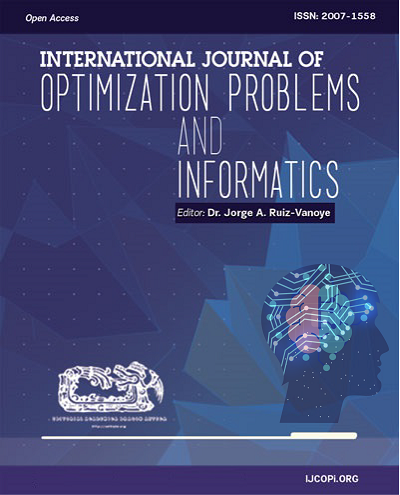Comparative study of Convolutional Neural Networks performance and efficiency with YOLOv8 models applied for pest detection purposes in bean plants.
DOI:
https://doi.org/10.61467/2007.1558.2025.v16i2.603Keywords:
Neural network, Convolution Neural Network (CNN), YoloV8, Pest DetectionAbstract
Neural Networks have significantly evolved, particularly in their application to computer vision. This paper presents a comprehensive comparison of different versions of YOLOv8, such as YOLOv8n, YOLOv8s, YOLOv8m, YOLOv8l, and YOLOv8x for the detection of pests in bean plants, leveraging the capabilities of Convolutional Neural Networks.
To train the neural network using different versions of YOLOv8, identical conditions were applied, such as the amount of environment light, the number of labeled images, epochs, and batch size.
The results indicate that, as the complexity of the YOLO model increases, the training time escalates significantly. This increase corresponds to a more detailed data processing approach in advanced models. The results also provide insight on which model emerges as the most balanced option, offering the highest precision without compromising too much on speed.
One of the models achieves the highest precision, making it reliable for accurate object detection but the speed is slow compared with other models. Otherwise exceptional precision makes it ideal for tasks where accurate identification is critical. The slight reduction in speed does not significantly hinder its overall performance in contexts where precision and detection distance are prioritized.
Downloads
Published
How to Cite
Issue
Section
License
Copyright (c) 2025 International Journal of Combinatorial Optimization Problems and Informatics

This work is licensed under a Creative Commons Attribution-NonCommercial-NoDerivatives 4.0 International License.





